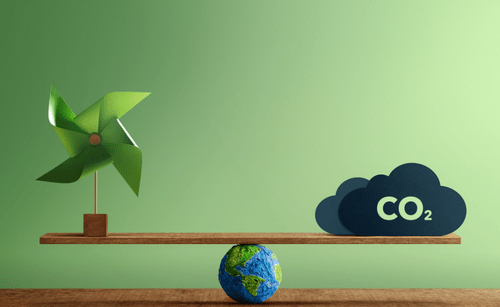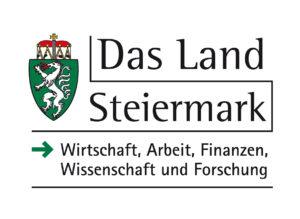To counteract global warming, industry is also being asked to minimise its CO2 emissions. But it doesn’t stop there. Thanks to new technologies, in the future, greenhouse gases will also be filtered out of the air and recycled. Once separated out, the gas has many uses including production of chemicals, fuels and building materials. In total. through carbon capture and utilisation, some 7 gigatonnes of CO2 worldwide could be used in the form of products by 2030, with equivalent savings in fossil resources. A market volume of $800 bn would be generated. Almost half of this could be produced by the concrete industry. Hot off the press, our Green Tech Radar report is available to all who want to know more about the concrete solutions for CO2 capture, storage, conversion and transport that will be booming in the coming years, as well as the areas of application that are arising.
From problem child to protégé: CO2 in the fight against the climate crisis
Recycled CO2 can contribute to climate protection. However, this requires designing the entire CCU process to be climate-friendly. While, for example, public buildings and works offer a particularly high climate protection effect, the impact of conversion into fuel is minimal and short-lived, as the CO2 is not permanently bound. Designed correctly, CCU is not only good for the environment, it is also good for industry. As Bernhard Puttinger, Managing Director of the Green Tech Cluster comments: “The Radar diagram clearly shows the technologies that have the potential for climate protection and the economy in the future”.
Implementation gets backing of Styrian and Carinthian companies
Innovations from companies and research institutions in the Green Tech Valley, in southern Austria, are already making a contribution to the development and implementation of CCU. Major Styrian players, such as ANDRITZ AG, Christof Industries, Sattler and CTP, already have impressive know-how within the fields of plant construction and gas storage and process technology. The first CCU systems are expected to be running in Austria by 2030.









